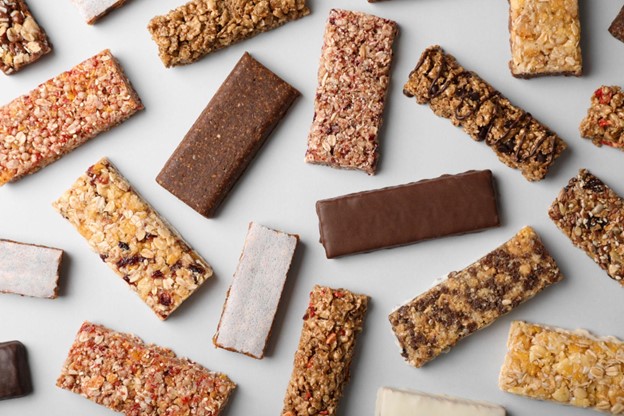References
1. Innova Market Insights, Top Trends 2024: Latin America, March 2024.
2-3. Innova Market Insights, Trends Insider: Now & Next in Protein in Latin America, November 2024. Data July 2023- June 2024.
4-6. Innova Market Insights, Top Trends 2024: Latin America, March 2024.
7. Innova Market Insights, Now & Next in Generational Differences in Latin America, September 2024.
8. Innova Market Insights, Top Trends 2024: Latin America, March 2024.
9. Innova Market Insights, Now & Next in Generational Differences in Latin America, September 2024.
10. Innova Market Insights, Trends Insider: Now & Next in Protein in Latin America, November 2024.
11. Innova Market Insights, Now & Next in Generational Differences in Latin America, September 2024.
12. FMCG Gurus, Sustainability Trends in Chile & Brazil, February 2025.
13-15. Innova Market Insights, Now & Next in Generational Differences in Latin America, September 2024.
16-18. Innova Market Insights, Top Trends 2024: Latin America, March 2024.








